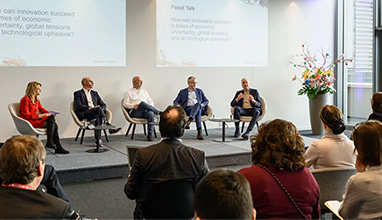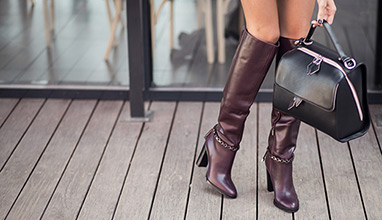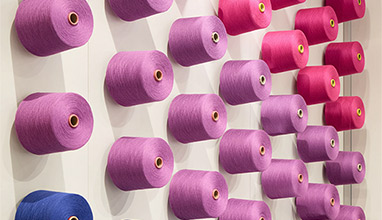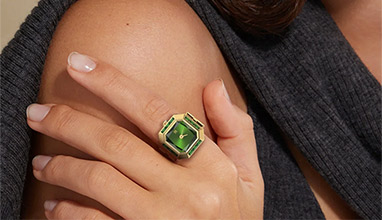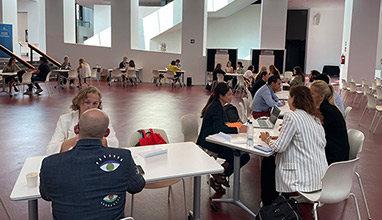What Exactly is the Circular Economy and How Can Consumers Be Part of It?
The modern consumer is more concerned about its actions and how they impact the world on a large scale. However, given that our current way of living is based on consumption, it’s still difficult to grasp just how much we contribute to increasing the amount of waste and illegal practices by just purchasing things we consider necessary.
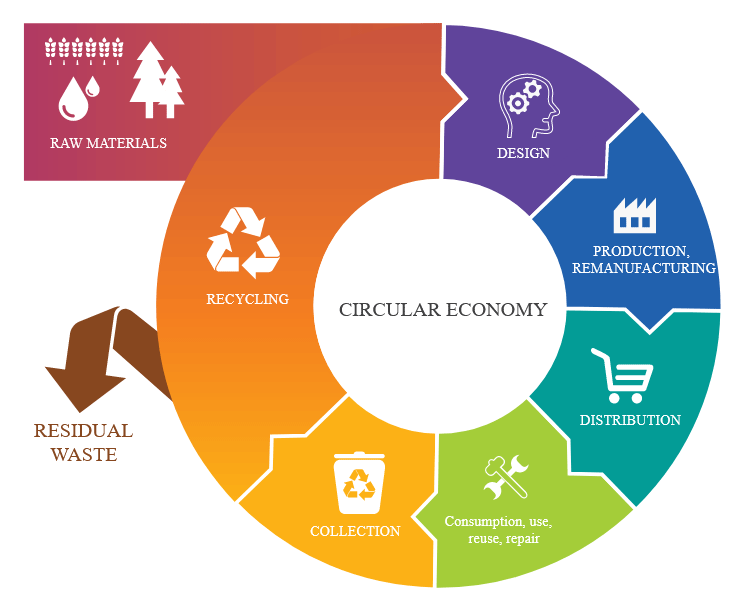
For instance, did you know that every European citizen produces roughly 5 tons of waste every year? Moreover, the regular activity of a household increases the demand for raw materials, which encourages various industries to push more products on the market.
Additionally, industries like modern gadgets and fashion are based on the consumer’s need to have the latest designs, which are produced as quickly as possible. This way, we now have the habit of buying a new smartphone every year and new clothes every season. Such trends increase waste and put even a greater strain on the environment leading to increased pollution.
This is where Circular Economy gets into play, in an effort to halt mindless consumerism and put a stop to industries that push new products every year.
What is Circular Economy?
The circular economy is a concept that encourages consumers to share, lease, repair, refurbish, and recycle existing products and materials for as long as possible. As a result, we will use products for their full life cycle and even extend it until they are truly no longer usable (which is when they get to be recycled).
This way, the request for production will drop (which means fewer resources) and the waste will also enter a downward trend. As a result, the take-make-throw economic model that relies on large quantities at low quality will turn into a circular one, with better quality products with an unlimited lifespan.
With an increasingly growing world population and limited essential resources for raw materials, the circular economy concept brings benefits such as increasing competitiveness, improving the availability of raw materials, and reducing pressure on the environment.
How Can You Support It?
The current linear model (take-make-throw) is supported by both industries and consumers, creating a vicious circle that only harms the environment and depletes resources. However, as consumers, we have the power to change the situation by being aware of our actions and spending patterns.
Here are a few things you can do:
Rent Fancy Clothes vs Buying
The fast fashion industry has received a lot of backlash for promoting cheap clothes, with a short lifespan, and quick production methods that don’t take into consideration the consequences. As a result, more buyers want to put their money to good use, which laid the foundation for the rental clothing industry (quite popular nowadays).
Therefore, you can support sustainable clothing by hiring fashionable outfits for events. This way, you save money and space in your closet, and fewer resources will go into making fancy clothes.
Re-use, don’t Throw
Whether it’s clothes, household items, or even appliances, make sure there’s no other use for an item before throwing it away. Additionally, if the item is still usable but you don’t need it anymore, find a way to donate or resell it.
With a bit of imagination, some used items can be revived by finding a new use for them. For instance, a pair of torn-up rubber boots can be turned into beautiful outdoor planters while old used clothes can be repurposed as bedding for pets or dust rags.
Learn Maintenance
Low-quality products that are easily available only increase the amount of waste produced by one person. Therefore, it’s best to invest in high-quality products that may be a bit more expensive but have an increased lifespan with a bit of maintenance.
However, easily available new products made us forget about maintenance practices that our parents and grandparents used to know. New generations don’t know how to mend their own clothes or how to care for their vehicles in order to make them more durable. Luckily, there’s nothing we can’t learn!
This goes to show that consumers have a lot of power over big industries that seem intimidating at first. Therefore, by supporting brands that use sustainable fabrics and production practices and learning how to take good care of our items, we can easily make the switch to the circular economy.
Hits: 9829 | Leave a comment
Tags:circular fashion




